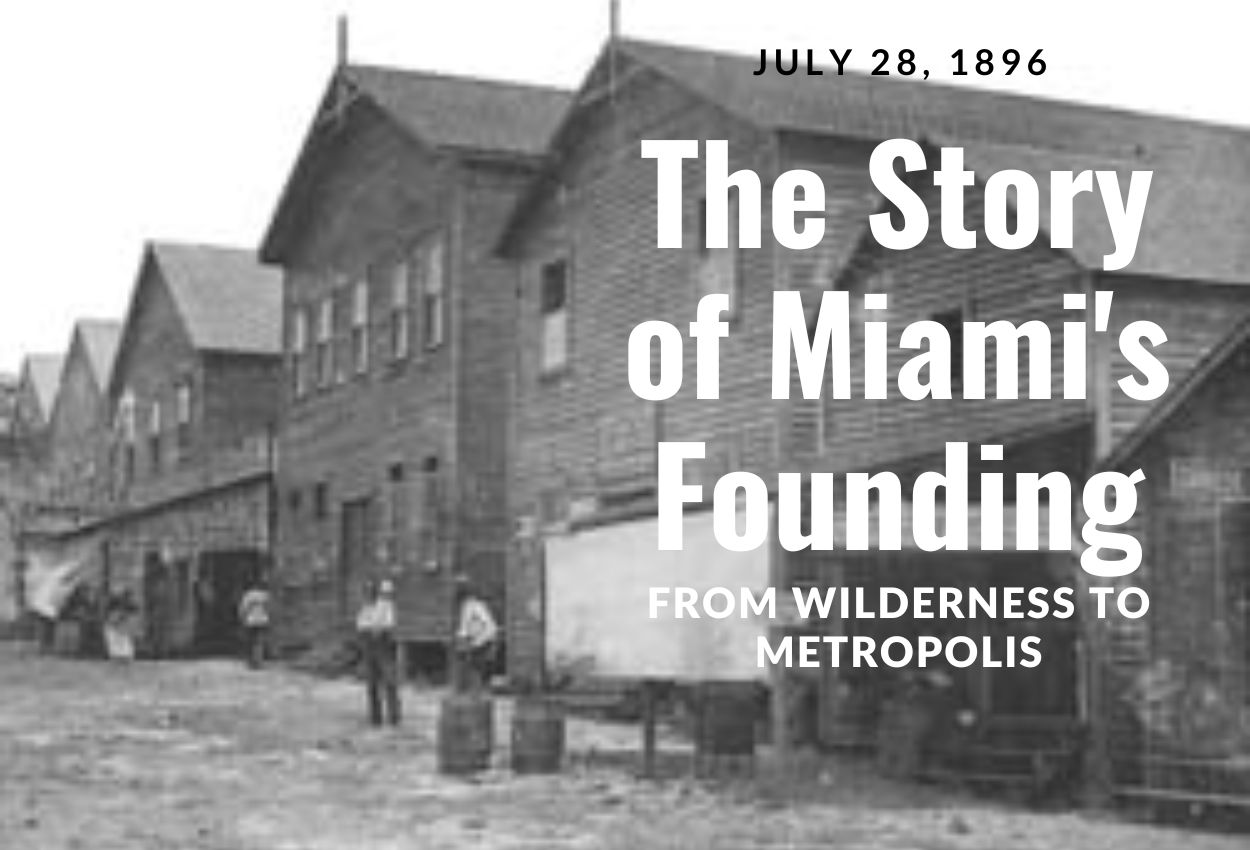Miami, one of the most iconic cities in the United States, known for its vibrant culture, stunning beaches, and bustling economy, has a rich history that predates its status as a global metropolis.
The story of Miami’s founding is a fascinating narrative of transformation, resilience, and ambition, beginning long before its official incorporation in 1896.
This article delves into Miami’s journey from an untamed wilderness to a thriving urban center, exploring the key events, people, and forces that shaped its development.
When Miami Was Founded
Miami was founded on July 28, 1896.
Miami was officially incorporated on July 28, 1896. This significant event marked the beginning of a town that would later become a global metropolis known for its vibrant culture, stunning beaches, and bustling tourism industry. The city’s growth was fueled mainly by the arrival of the Florida East Coast Railway, which connected Miami to other parts of the state and beyond.
More Miami History

From its origins as a wild frontier, the Miami area transformed into a bustling urban center, now known as the City of Miami. In the late 19th century, the Florida land boom attracted settlers who sought opportunities in this untamed land.
The establishment of a railroad by Henry Flagler helped extend his railroad to Miami, connecting the region to the rest of southern Florida.
The mouth of the Miami River became a vital trade route, and soon, the area around Biscayne Bay was bustling with activity.
By the 20th century, Miami became known as the Magic City due to its rapid growth.
As the city expanded, Miami Beach became a glamorous destination, boasting the famous Art Deco District that attracts tourists year-round. South Beach became synonymous with Miami’s vibrant culture, while the University of Miami and other institutions further entrenched the city’s status as a central educational hub.
Today, Greater Miami is a diverse metropolis, home to a significant percent of the population in Miami-Dade County, where landmarks like the Port of Miami and the Arsht Center for the Performing Arts exemplify its dynamic spirit.
Behind New York City, Miami stands out as an international city, continually evolving and redefining itself.
The Pre-Columbian Era: Native Inhabitants

Before European explorers set foot on the Florida peninsula, the area now known as Miami was inhabited by indigenous peoples for thousands of years.
The Tequesta tribe, one of the earliest known groups, lived along the banks of the Miami River. They thrived on the abundant natural resources, engaging in fishing, hunting, and gathering.
Archaeological evidence, including burial mounds and tools, indicates that the Tequesta had a complex society with trade networks that extended throughout the region.
The Tequesta people left a lasting legacy on the land, with the Miami River (originally known as the “Mayaimis,” meaning “big water”) playing a central role in their daily lives.
This river would later become a crucial element in Miami’s development, providing a natural route for transportation and commerce.
European Exploration and Colonization

The arrival of European explorers in the 16th century marked the beginning of a new chapter in Miami’s history.
Spanish explorer Juan Ponce de León is believed to have been the first European to set eyes on the region in 1513.
However, it wasn’t until 1566 that the Spanish established a short-lived mission among the Tequesta, marking the first known European settlement in the area.
Despite these early efforts, the region remained largely undeveloped for centuries.
The harsh subtropical climate, dense mangrove swamps, and the resistance of the indigenous population made colonization difficult.
European powers largely ignored the area and were more focused on the more accessible and profitable territories in the Caribbean and Central America.
The Seminole Wars and Early American Interest
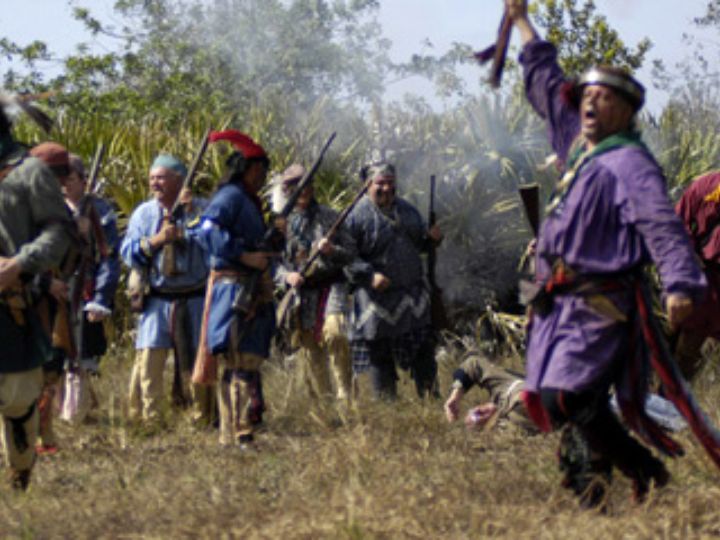
The landscape of Miami began to change significantly in the early 19th century with the arrival of American settlers and the outbreak of the Seminole Wars.
The U.S. government’s efforts to remove the Seminole people from Florida led to a series of conflicts that devastated the indigenous population and opened up the region to American settlement.
Fort Dallas was established on the banks of the Miami River in 1836 during the Second Seminole War.
The fort served as a military outpost and a strategic location for American troops.
While the fort itself was abandoned after the war, it laid the groundwork for future development in the area, as the military presence led to increased interest in the region’s potential for agriculture and trade.
The Founding of Miami: Julia Tuttle and Henry Flagler
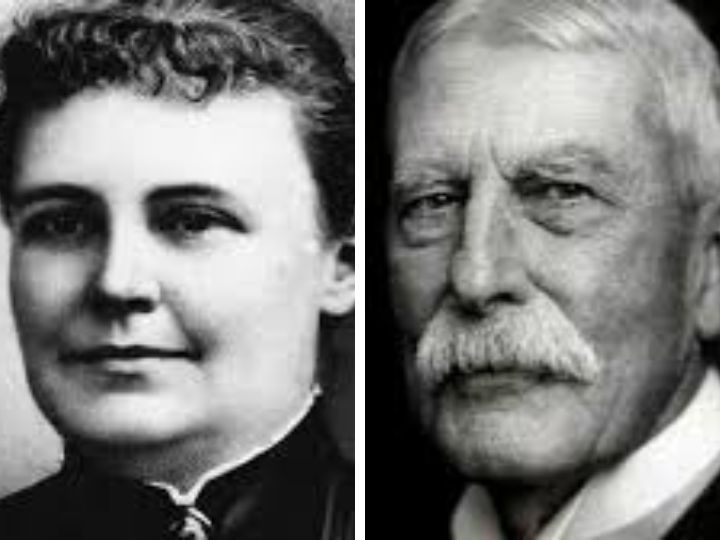
Miami’s transformation from a sparsely populated frontier to an established city began in earnest in the late 19th century, thanks to the vision and determination of two key figures: Julia Tuttle and Henry Flagler.
Julia Tuttle, often referred to as the “Mother of Miami,” was a wealthy businesswoman who recognized the area’s potential for development.
In 1891, she purchased a large tract of land along the Miami River with the dream of turning it into a thriving city.
However, she knew that Miami’s growth depended on the expansion of the railroad, which was essential for bringing settlers and goods to the region.
Tuttle convinced Henry Flagler, a railroad magnate and a key figure in the development of Florida’s east coast, to extend his Florida East Coast Railway to Miami.
Legend has it that Tuttle sent Flagler a bouquet of orange blossoms in the middle of winter, demonstrating the region’s favorable climate and agricultural potential.
This gesture and other negotiations persuaded Flagler to bring his railroad to Miami.
On July 28, 1896, Miami was officially incorporated as a city, with a population of just over 300 people. Flagler’s railroad reached Miami shortly after that, connecting the city to the rest of the country and setting the stage for its rapid growth.
The Early 20th Century: Growth and Challenges
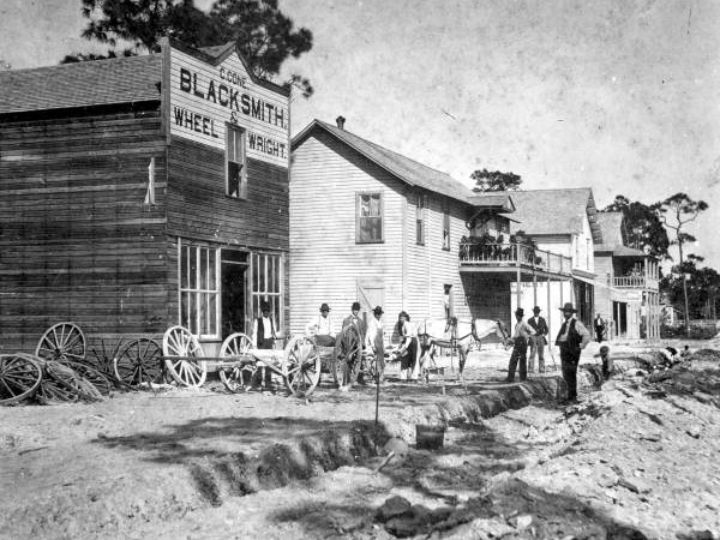
The arrival of the railroad marked the beginning of a period of rapid development for Miami.
The city attracted a diverse population of settlers, including African Americans, Bahamians, and Southern whites, who were drawn by the promise of economic opportunity.
Miami’s population increased, and the city expanded beyond its original boundaries.
However, Miami’s early years were challenging. The city faced frequent hurricanes, including the devastating 1926 Miami Hurricane, which caused widespread destruction and slowed development.
Despite these setbacks, Miami continued to grow, with the real estate boom of the 1920s bringing new wealth and investment to the area.
Miami’s Evolution into a Modern Metropolis
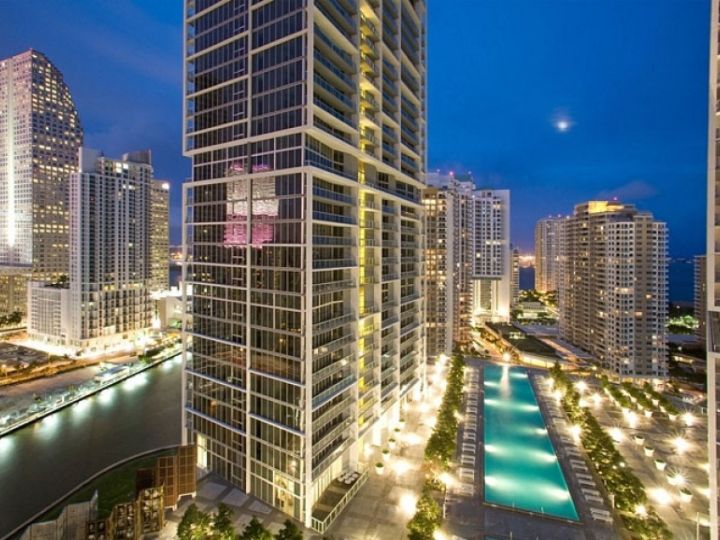
Miami emerged as a major American city in the mid-20th century. In the 1930s, the Overseas Highway connected Miami to the Florida Keys, further boosting tourism and commerce.
The city’s population continued to grow, fueled by waves of immigration from Latin America and the Caribbean, particularly after the Cuban Revolution in 1959.
Miami’s unique cultural blend, shaped by its diverse population, became one of its defining characteristics.
The city developed into a hub for international trade, finance, and tourism, earning it the nickname “The Gateway to the Americas.”
By the late 20th century, Miami had firmly established itself as a global metropolis known for its vibrant arts scene, thriving economy, and multicultural community.
The city’s skyline, dotted with skyscrapers and luxury condominiums, was a testament to its transformation from a small settlement in the wilderness to a bustling urban center.
FAQS About The Miami History
What is the oldest city in Miami?
Miami itself is the oldest city in the Miami metropolitan area.
Who were the first people to settle in Miami?
The first people to settle in the Miami area were the Tequesta Indians, who lived in villages along the coast.
What is the oldest house in Miami?
The Vizcaya Museum and Gardens, built in the early 20th century, is often considered the oldest house in Miami. However, older houses in the area may have yet to be officially documented.
Conclusion
The story of Miami’s founding is a remarkable tale of resilience, vision, and determination. Miami has undergone a profound transformation from its early days as a Tequesta village to its rise as a global city. The city’s history is a testament to the power of human ambition and the ability to overcome challenges in pursuing progress. Today, Miami stands as a symbol of what can be achieved when visionaries like Julia Tuttle and Henry Flagler unite to shape the future. As Miami continues to evolve, its history remains vital to its identity, reminding us of the journey from wilderness to metropolis.
